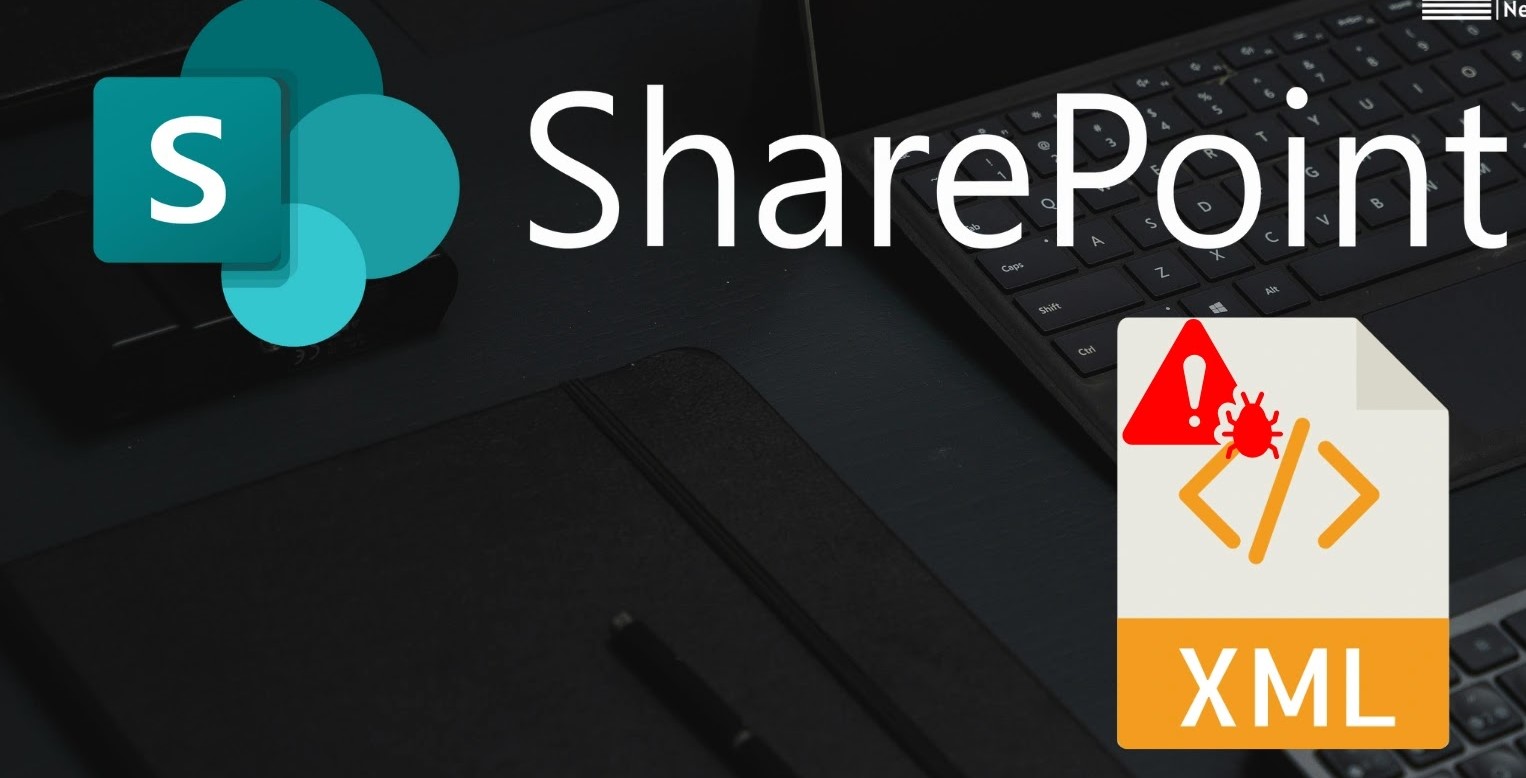
Critical SharePoint RCE Vulnerability Exploited Using Malicious XML Payload Within Web Part
Urgent Alert: Critical SharePoint RCE Vulnerability Under Active Exploitation
A severe remote code execution (RCE) vulnerability in Microsoft SharePoint has sent ripples through the cybersecurity community,
posing a significant threat to organizations relying on this widely used collaboration platform. This critical flaw
enables attackers to compromise entire SharePoint environments
by exploiting a deserialization vulnerability within Web Part properties. The danger stems from carefully crafted malicious XML payloads,
which, when embedded in SharePoint Web Parts, grant adversaries the ability to execute arbitrary code. Understanding this vulnerability and
implementing immediate remediation steps is paramount for safeguarding your organization’s data and infrastructure.
Understanding the SharePoint RCE Vulnerability
At the heart of this critical flaw lies an unsafe deserialization process affecting SharePoint WebPart properties.
When a SharePoint WebPart with specially crafted XML is processed, the application attempts to deserialize this data.
If the deserialization routine is not securely implemented, it can inadvertently execute code embedded within the XML payload.
This particular vulnerability leverages this deserialization weakness, allowing an attacker to achieve RCE.
The attack vector is insidious: a malicious actor can construct an XML payload designed to trigger code execution.
If this payload is successfully injected into a SharePoint Web Part, the server, in its attempt to process legitimate Web Part properties,
will unwittingly execute the attacker’s code. This provides a direct pathway for unauthorized access, data exfiltration,
malware deployment, and potentially complete system takeover.
While an official CVE number for this specific exploitation method was not immediately available in the provided source,
it aligns with a class of deserialization vulnerabilities that frequently appear in enterprise applications. For example,
vulnerabilities like CVE-2023-29374
and CVE-2023-24955,
though different in specifics, underscore the persistent threat of remote code execution within SharePoint.
Impact and Potential Consequences of Exploitation
The implications of this SharePoint RCE vulnerability are severe. Successful exploitation can lead to:
- Full System Compromise: Attackers can gain control over the SharePoint server,
leading to unrestricted access to sensitive data, databases, and connected systems. - Data Exfiltration: Confidential business documents, user credentials, and intellectual property stored within SharePoint
can be stolen and exfiltrated. - Malware Deployment: The compromised server can be used as a launchpad for further attacks,
including the deployment of ransomware, cryptominers, or backdoors across the network. - Service Disruption: Attackers could intentionally disable or corrupt SharePoint services,
disrupting critical business operations and collaboration workflows. - Reputational Damage: A public data breach or system compromise can severely damage an organization’s reputation,
leading to loss of customer trust and significant financial penalties.
Remediation Actions and Best Practices
Given the critical nature and active exploitation of this vulnerability, immediate action is required. Organizations must prioritize
the following remediation steps:
- Patch Immediately: Apply all available security updates and patches from Microsoft for your SharePoint environment.
Regularly check Microsoft’s security advisories and deploy updates as soon as they are released. - Review and Audit Web Parts: Conduct a thorough audit of all custom and third-party Web Parts deployed in your SharePoint environment.
Remove any unnecessary Web Parts and ensure that all remaining ones are from trusted sources and are securely developed. - Implement Secure Deserialization Practices: For developers building custom Web Parts,
ensure that deserialization of untrusted data is strictly avoided. When deserialization is unavoidable,
use secure deserialization frameworks and implement strict validation and type checking. - Network Segmentation: Isolate SharePoint servers within a segmented network to limit the lateral movement of attackers
should a compromise occur. - Principle of Least Privilege: Ensure that SharePoint farm accounts, service accounts, and user accounts operate
with the absolute minimum permissions required for their functions. - Enable and Monitor Logging: Configure comprehensive logging on SharePoint servers and integrate these logs with a
Security Information and Event Management (SIEM) system. Monitor for unusual activity,
such as unexpected file creations, process executions, or network connections from SharePoint servers. - Web Application Firewall (WAF): Deploy a WAF in front of your SharePoint environment to detect and block malicious payloads,
including those attempting to exploit deserialization vulnerabilities. Configure WAF rules to scrutinize XML and other payload types.
Tools for Detection and Mitigation
Leveraging the right tools can significantly enhance your ability to detect, mitigate, and secure your SharePoint environment against such threats.
| Tool Name | Purpose | Link |
|---|---|---|
| Microsoft Defender for Endpoint | Advanced endpoint detection and response (EDR) for identifying suspicious activity. | Microsoft Security |
| SharePoint Health Analyzer | Built-in SharePoint tool for identifying configuration issues and potential security misconfigurations. | Microsoft Learn |
| OWASP ZAP | Open-source web application security scanner for identifying vulnerabilities, including deserialization flaws. | ZAP Website |
| Snort/Suricata | Network intrusion detection/prevention systems (IDS/IPS) for detecting malicious network traffic patterns indicative of exploitation. | Snort.org / Suricata.io |
| Vulnerability Management Solutions (e.g., Tenable, Qualys) | Automated scanning for known vulnerabilities and misconfigurations across your IT infrastructure. | Tenable.com / Qualys.com |
Conclusion
The exploitation of this critical SharePoint RCE vulnerability, leveraging malicious XML payloads within Web Parts,
underscores the persistent threat posed by deserialization flaws. Organizations must not take this alert lightly.
Immediate application of patches, rigorous security auditing of Web Parts, and the adoption of robust security practices are not merely suggestions;
they are essential defenses against potential catastrophic breaches. Remaining vigilant,
proactively managing software vulnerabilities, and continuously monitoring your environments are the cornerstones of
maintaining a resilient cybersecurity posture in the face of evolving threats.





